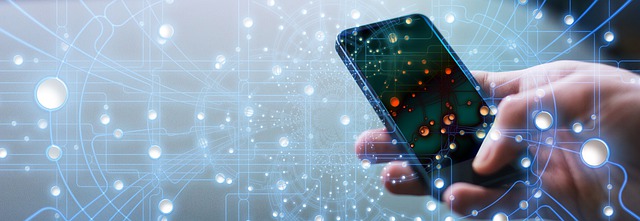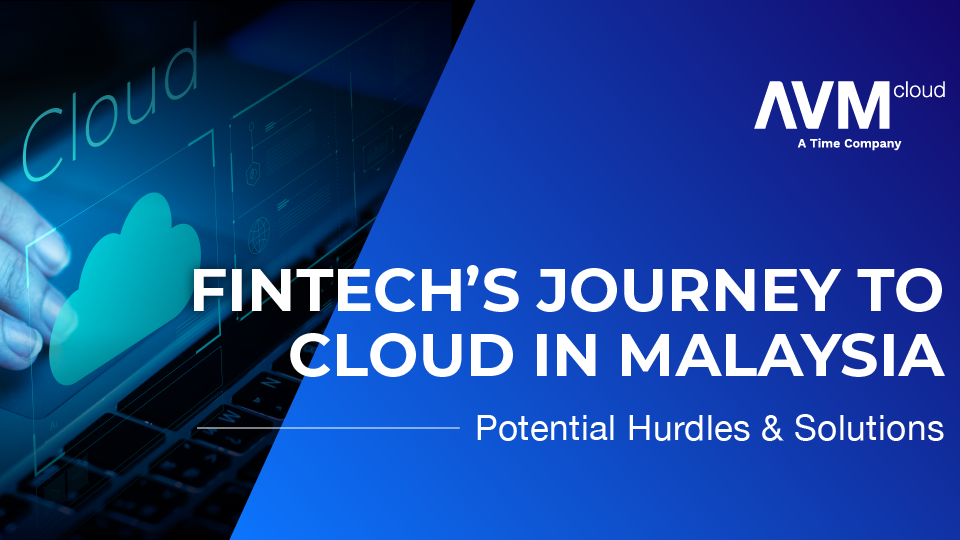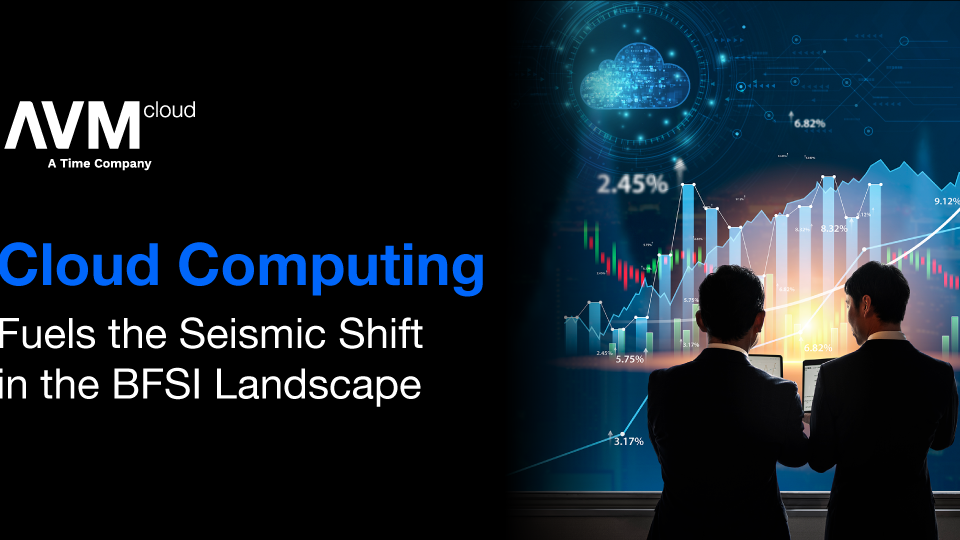
What is IOT?
According to ITU Global Standard Initiative, the Internet of Things (IoT) has been defined as a “global infrastructure for the information society, enabling advanced services by interconnecting (physical and virtual) things based on existing and evolving interoperable information and communication technologies”.
IoT is all about what we do with data. It consists of collecting the data, using the data, transforming it to information, using the information to make better decisions, either to save money or make more money or ultimately benefiting the society.
IoT doesn’t mean they are using mobile 4G, 5G, or wifi. Most of them are running on narrowband signals and require very low energy consumption. Usually, they are referred to as Low Power Wide Area Network (LPWAN). Why does LPWAN have the advantage over the popular 3G, 4G, 5G, or wifi? Because of the low power consumption, it can send a message every hour for 5 years running on a couple of 3V dry cell batteries. So, coupled with the distance coverage of the radio network, up to 10KM, can be placed at locations where no stable power can reach economically. This can be an area that is too far away from the energy grid or power generator.
Kubernetes-as-a-Service (K8SaaS) is available in AVM Cloud now, if you are working on modernize your applications, developing microservices to cater for business logics for your business, and need a robust and high-performance infrastructure to host your applications, you just found it. By subscribe to AVM Cloud’s K8SaaS, you will have a dedicated K8S cluster with all the necessary infrastructure components to run your containerize workload, Kubernetes that is fully conformance and certified by CNCF (Cloud Native Computing Foundation).
Why is IOT gaining attention?
These days, we see newer products such as refrigerators, washing machines, coffee makers or blenders being able to connect to the internet. Those examples are part of the IOT ecosystem on a smaller scale in the grand scheme of things. Imagine the use of IOT in larger industries (manufacturing, agriculture, transportation, and infrastructure) that can bring more benefits to humanity, in terms of increasing efficiency, reducing wastage, making the city safer and food cheaper. Having the coffee machine inform me that I ran out of coffee beans pale in comparison.
With technologies that are increasingly automated, we are now able to control the equipment with a closed-loop feedback system to instruct it to operate within the set parameters. This is made possible with automated devices, appliances, equipments and also the underlying ability to collect data from sensors.
This concept, however, is not entirely new. Close to 30 years ago, in my first job out of college, I wrote programs that monitor and control the operation of integrated chip baking machines and also die-cutting machines. The program’s main task was reducing wastage, for example, stopping or adjusting the die cutting machine to not damage the die while cutting them from the wafer. This resulted in money saved for the factory in a long run.
As the above image reminds us, every company must treat a ransomware attack as a disaster and thoroughly assess the risk, strategize the solution, technology, and processes needed to manage the disaster, and plan for recovery.
Who will benefit from IOT?
Another good example is the agriculture industry. IoT can help reduce cost by precisely controlling the usage of fertilizer and water by measuring the nutrient and moisture content of the soil by planting sensors strategically in the field. Drones can also be used to collect data for video analytics to detect diseases.
Transportation on the other hand can install sensors and data collectors in the vehicles to monitor the driver and the payload, utilizing the information to efficiently provide services, shipping packages, or ferrying people.

What’s involved in an IoT solution?
IoT solutions are a long and arduous process sped up with the use of technology. This does not represent IoT generally, but it essentially involves:-
– Strategic deployment of sensors
– Securely manage devices
– Collecting Data
– Interpreting Data
– Storing Data
– Analyzing the Data to make business decisions or predictions.
Usually, a solution provider is able to provide one part of the solution, but hardly an end-to-end solution. This is due to the different levels of technologies with varying complexity, from the expertise in radio communication to data aggregation, data ingestion and storage, data transformation to data analytics, and result in insights and actions.
Each newly subscribe customer will be given a login credential to the VPC portal where the developer will be able to download the kubeconfig file where it can be use by the Kubernetes CLI that they are familiar with on their laptop or development environment. From the CLI, the same YAML file that the developer used to deploy their application to their internal K8s environment can be re-directed to the K8S cluster in AVM, no changes to YAML file required, and the same application deployment will be running in AVM cloud.
The K8S cluster from AVM Cloud also will have access to the resources on the internet, for example, the docker hub where common and standard container images can be download, for example, NGINX, Web servers, Redis and etc. If the customer has an private image repository, it can be reached from the cluster and the images from the repository can be retrieve for the K8S container runtime.
What are the solutions available?
Recognizing the complexity of the solution, AVM Cloud developed a set of solutions that can help customers navigate the deployment of IoT infrastructure. We are also working with sensor manufacturers, vendors, network providers and IoT solution providers to bundle their solution with the cloud services available from AVM Cloud.
AVM Cloud IoT solution
In the next refresh of public cloud services, we will include the services for API gateway and end-point that will receive REST-API calls from the external network. AVM Cloud will also have a data store that can efficiently and safely store, analyze and visualize the data. Consultation services will be available to help enterprises onboard easily.
For readers who are in the journey of deploying IoT solutions in their environment, you can reach out to AVM Cloud product team to discuss how you can get on the platform to experience the services provided.
Contact us at enquiry@avmcloud.net
Written by Khoo Swee Chuan, AVM Cloud Senior Product Manager




